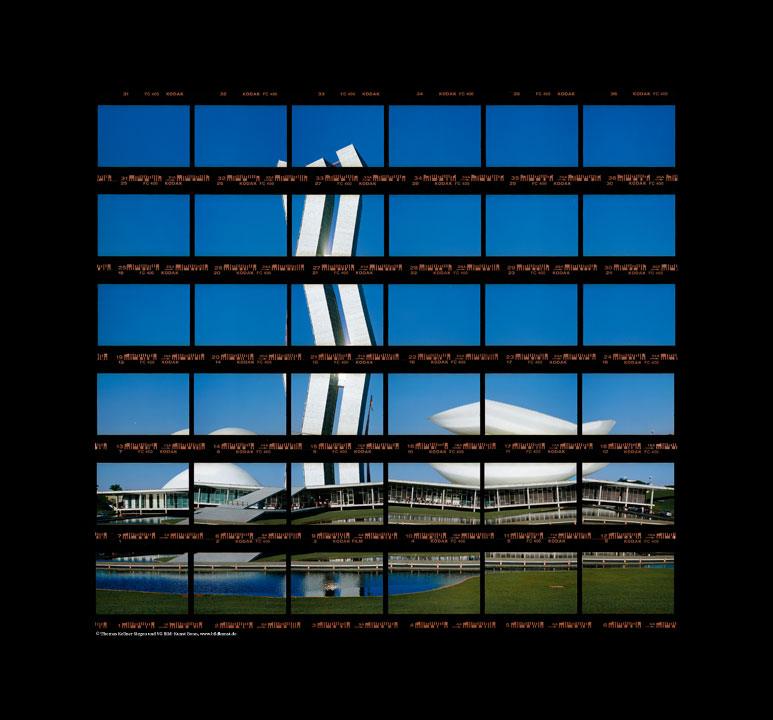
Project Brasília
Brasília is a city that has symbolically become the trigger of an era of change and modern development. The metropolis with 2.48 million inhabitants was founded on 21 April 1960 and filled with life in three and a half years. The history of the Brazilian capital and today's UNESCO World Heritage Site tells the vision that the famous architect Oscar Niemeyer was to realise.
The planned City
It tells the story of the attempt to create an ideal city, the dream of modernity and the satisfaction of all human needs. Brasília is considered a "planned city", characterised from today's perspective by its white and modern main buildings and known for its unique architecture. Brasília thus replaced Rio de Janeiro as the new capital, offering not only more space but also the opportunity to realise Brazil's dream of becoming an emerging nation. Behind this seemingly utopian idea was the Brazilian architect Oscar Niemeyer, who had a decisive influence on the structure of modernism in Brazil. Influenced by the Swiss-French architect and urban planner Le Corbusier, Niemeyer carried out the commission of the then Brazilian president Juscelino Kubitschek to build a world slave city, a city that never existed. The vision of a modern city from above looks like an aeroplane in the middle of the prairie, planned in a grid. This scientific method is also reflected in urban planning. Streets are given abbreviations and numbers instead of being named after people or places as usual. The city plan required for this was realised by the architect Lucio Costa and is still considered unchangeable today.
Utopia Brasília
The dream of a new Brazilian capital is based above all on the idea of a socio-political utopia: cities should be designed for social progress and mobility and not built on the basis of existing cities in Brazil or used as a model. The focus is on the idea of the machine age and the modern future. Brasília is to be the first city free of pedestrian restrictions and at the same time guarantee the goal of perfect social coexistence. Existing social relations can be improved through new and different forms of urban planning and the idea of the architects involved to contribute to social change is integrated into the vision of Brasília. The construction of such a utopia is intended to trigger a wave of change that will also have an effect on other cities in Brazil. This illusion is doomed to fail, because needs and demands have changed, the rapid development of the city has been restricted, and because of the World Heritage Site, only certain areas can build new architectural masterpieces. Around Brasília, 14 satellite cities have sprung up and residents commute daily from these cities to the capital. Although the situation has changed, the charm of Brasília is still there. To this day, modernist architecture and an architectural plan for the city are the main inspirations.








